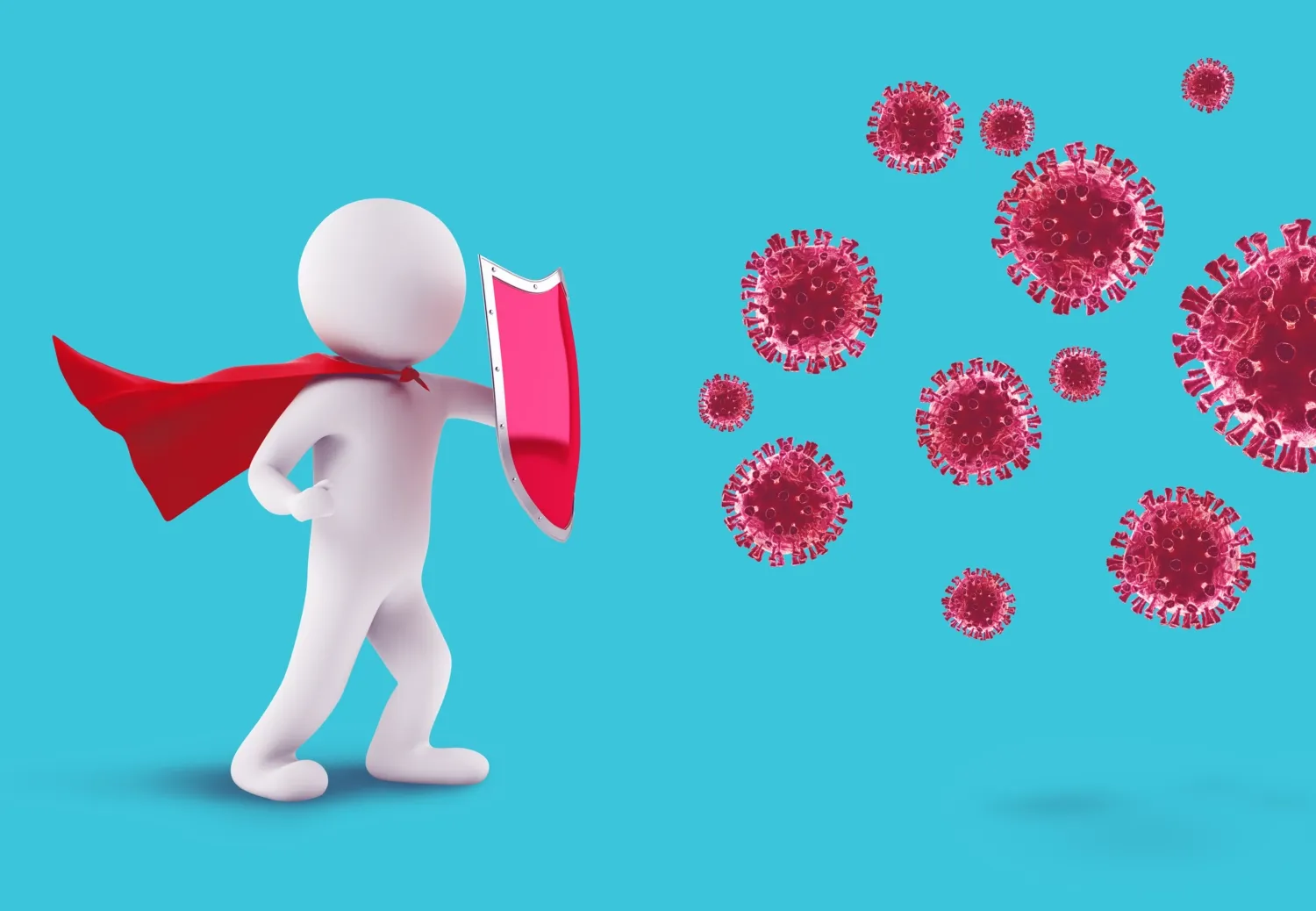The immune system is more dynamic than previously thought

Researchers at Karolinska Institutet have discovered that some natural killer cells, NK cells, temporarily reside in our organs and then leave them via the lymphatic system. The study, published in Nature Immunology, shows that our immune system is more dynamic than previously thought. The results may contribute to better treatments that direct the immune system where it is needed.

"We have discovered a previously unknown mobility in the immune system, where some cells are only temporarily tissue-bound before moving on in the body," says Niklas Björkström, physician and professor at the Department of Medicine, Huddinge, Karolinska Institutet.
The new study shows that a type of NK cell called CD56bright does not stay permanently in our organs as previously thought. Instead, these cells move dynamically: they migrate into tissues, perform their tasks there, and then leave the body via the lymphatic system to return to the blood. The researchers have been able to follow this in humans, laboratory animals and in patients who have undergone liver transplantation.
Direct the immune system
The results change our understanding of how the immune system works in human organs. Previously, it was believed that some immune cells stay permanently in tissues, but the researchers show that at least some of these cells are only there temporarily and are constantly being replaced.
"This means that the immune system is more flexible and mobile than previously thought, which affects how we understand the body's defence against infections, cancer and during transplantation," says Niklas Björkström. "The knowledge may eventually contribute to better treatments that direct the immune system to where it is needed."
The researchers combined several unique models and materials. They analysed tissue samples from humans, including blood, lymph fluid and biopsies from liver transplant patients. By exploiting the special situation during transplantation, they were able to follow how the donor's immune cells were gradually replaced by the recipient's, and how these adapted to the tissue.
Future treatments
They also used animal models to study how the cells move in the body. Using modern techniques such as flow cytometry and single-cell sequencing, they were then able to map the cells' properties and follow their path through the blood, tissue and lymphatic system.
"The next step is to understand why these NK cells only stay temporarily in tissues and what controls their movement in and out of the organs," says Niklas Björkström. "We also want to investigate what role they play in diseases such as infections, cancer and during transplantation. In the long term, we hope to be able to use the new knowledge to develop treatments that either strengthen the immune system's protective functions or suppress unwanted reactions, for example in rejection after transplantation."
The study is funded by the EU through the ERC, the Swedish Research Council, EMBO, SSF, SSMF, the Swedish Heart Lung Foundation, the Swedish Cancer Society, the Novo Nordisk Foundation, CIMED and NIH. No conflicts of interest have been reported. The research was conducted in collaboration with Michael Betts at the University of Pennsylvania.
Publication
“Transient tissue residency and lymphatic egress define 1 human CD56bright NK cell 2 homeostasis”, Annika Niehrs, Laura Hertwig, Marcus Buggert, Isabella Nordström, Maura Statzu, M.Betina Pampena, Sadia Samer, James J. Knox, Benedikt Strunz, Dan Sun, Son Nguyen, Claudia Janoschka, Yafei Xing, Vincent H. Wu, Ernesto Sparrelid, Arlisa Alisjahbana, Yu Gao, Natalie Sleiers, Otto Strauss, Iva Filipovic, Andrea Ponzett, Itzel Medina Andrade, Vera Nilsen, Carl Jorns, Martin Cornillet, Christopher Maucourant, Christoph Ziegenhain, Julia Hengst, George Tweet, Kyle Kroll, Gregory J. Golden, Heiner Wedemeyer, Murat Kürtüncü, Yoav Dori, Maxim G. Itkin, Luisa Klotz, Marie Schaffer, Bo-Göran Ericzon, Martin A. Ivarsson, Mirko Paiardini, Greg Nowak, Tim, Willinger, R. Keith Reeves, Michael R. Betts, Niklas K. Björkström, Nature Immunology, online 14 October 2025, doi: 10.1038/s41590-025-02290-9.
